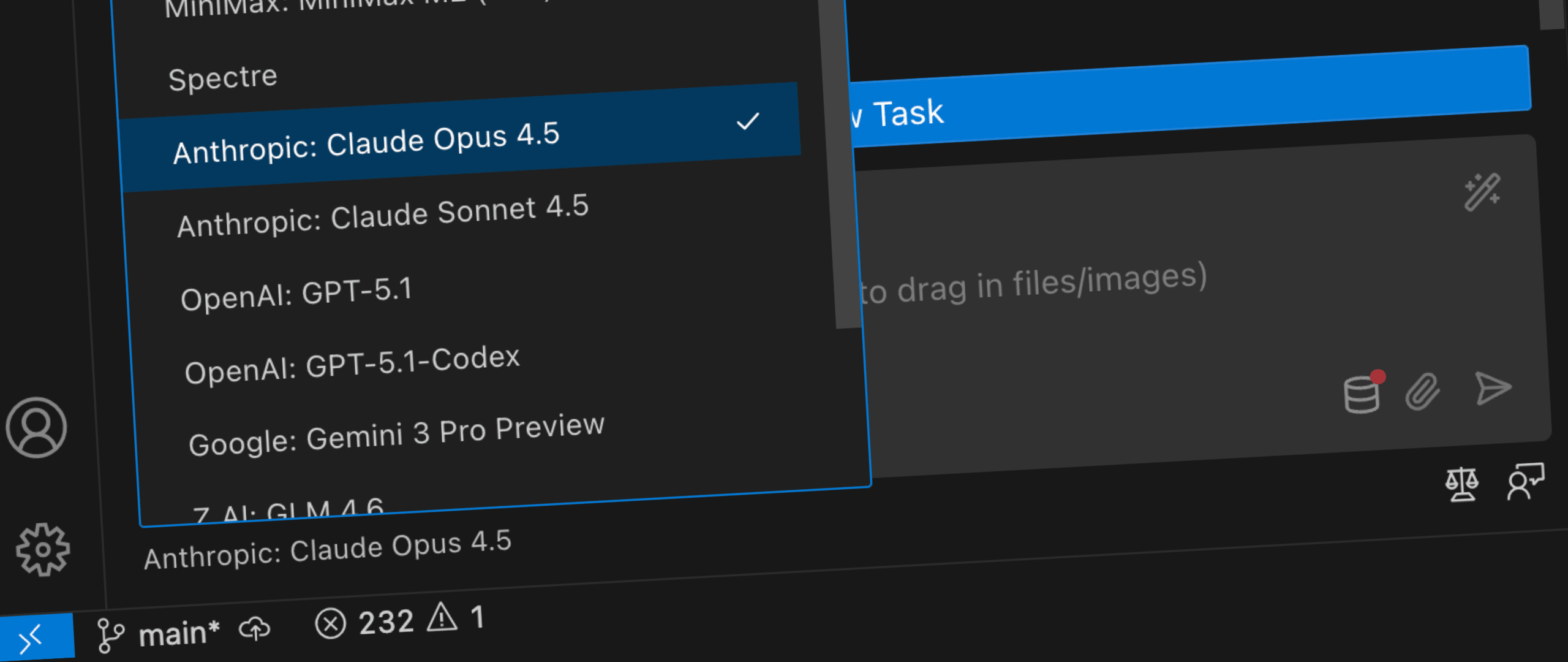AI Agents Battle Royale: Which Automation Strategy Dominates in 2025?

Read Next
The Cheapest Vibe Coding Stack in 2025: Kilo Code + OpenRouter Setup That Actually Works
If you’re tired of overpriced AI assistants and unstable agents, this is your roadmap. Learn how to build a stable, low-cost vibe coding stack using Kilo Code inside VS Code — from model selection to configuration that actually performs.
Suno v5 Secrets: Crafting AI‑Generated Songs
How to write Suno v5 prompts that work? Learn how to craft style and lyrics prompts that unlock genre, mood, instrumentation, and vocals. Includes examples, FAQs and practical tips for unique songs.
Build Your First Business Database for AI in Excel (Beginner’s Playbook)
Every missed field, free-typed category, and duplicate name makes your AI dumber. Whether you’re wiring up a chatbot for customer FAQs, plugging into AI marketing automation, or testing workflow automation tools, the biggest unlock is not another app it’s a clean, structured database you control. Here’s a
Sora 2 Prompting Guide: How to Craft a Successful Video Prompt
Learn how to write Sora 2 prompts that look cinematic and cut together cleanly. API settings, shot structure, lighting, dialogue, image references, Remix workflow, and ready-to-use templates.
Practical Tools for SEO
Use AI to create content Google loves. My guide blends AI efficiency with a user-first SEO strategy that gets results.
Canonical Entities: The Power of a Golden Record
Is your business drowning in fragmented data? Discover the "Golden Record" – a definitive, unified view of your customers that cleans up chaos, makes analytics reliable, and prepares your systems for the age of AI. Learn our simple 5-step process now.
What is a Knowledge Base in AI (and Why It Matters)?
An AI knowledge base is like the brain behind your AI tools—keeping them accurate, reliable, and fast. Learn what it is, why it matters, and how AI-powered knowledge bases boost customer support, automation, and business growth.
AI for Meta Ads: My ChatGPT + Ideogram + Canva Workflow (A–Z)
Steal my end-to-end AI workflow for Meta Ads. Research, angles, copy, creatives, testing and iteration – using ChatGPT, Ideogram and Canva.
🤖 Automate Your Success
Supercharge Your Business with AI-Powered Automation. 🚀 Say Goodbye to Manual Work.













